Did you know that some Japanese onomatopoeia have become mini-celebrities in Italy?
Thanks to anime, manga, and global fandoms, words like doki doki and gogogo… are recognized and even loved by Italian fans.
How Italian Fans First Encounter Japanese Onomatopoeia
Japanese sound words are not usually taught in language classes — but many Italian fans come across them naturally through pop culture. Here are some of the main ways they discover and fall in love with these expressive words:
Language and culture videos
Some Italian content creators highlight Japanese onomatopoeia as examples of “untranslatable” yet beautiful sounds, introducing them to wider audiences.
Anime (e.g., Naruto, JoJo’s Bizarre Adventure, Sailor Moon)
Many onomatopoeia appear as part of character reactions or dramatic scenes.
Manga (with sound effects left in original Japanese)
Italian manga often keeps the Japanese sound effects, giving readers direct exposure to words like doki doki or gogogo….
Cosplay culture
Fans often use Japanese sound words on props, posters, or in roleplay to capture the feel of the characters.
YouTube and TikTok trends
Japanese sounds are featured in short videos and memes — not just for meaning, but for their fun and catchy rhythm.

Popular Japanese Sound Words in Italy
Below are some of the most well-known and beloved Japanese sound words that Italian fans often encounter and enjoy — sometimes even without knowing Japanese!
Doki Doki (どきどき)
Meaning: Heart pounding
Where it appears: Romance scenes in anime and manga
This sound expresses the feeling of a racing heartbeat — whether from love, nervousness, or excitement. Italian fans hear it frequently in romantic anime scenes or tense moments.
The rhythm of “do-ki do-ki” is catchy and has become familiar even to those who don’t speak Japanese.

Nyaa (にゃあ)
Meaning: Cat’s meow
Where it appears: Mascot characters, cute anime, and TikTok memes
“Nyaa” is the Japanese version of “meow,” and it’s widely loved in Italy thanks to cat characters in anime and adorable internet trends. Italian TikTok users especially enjoy mimicking this sound when doing cosplay or participating in cute challenges.
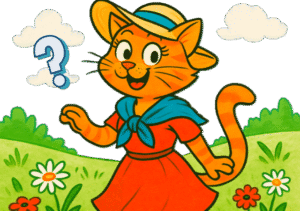
Kira Kira (きらきら)
Meaning: Sparkling or glittering
Where it appears: Magical girl shows, fantasy anime
A favorite among fans of “shojo” (girls’) anime, kira kira brings to mind twinkling stars, magical transformations, and dazzling eyes. Italian viewers often associate it with beauty, charm, and emotional sparkle.
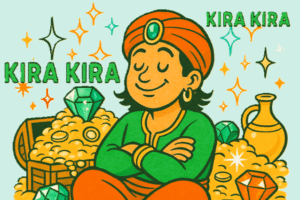
Gogogo… (ごごご…)
Meaning: Tension, atmosphere, dramatic presence
Where it appears: JoJo’s Bizarre Adventure
This ominous rumble-like sound word became iconic in Italy thanks to JoJo’s Bizarre Adventure, which has a huge fanbase there. In the manga, it appears visually as ゴゴゴゴ surrounding characters to create suspense. Italian fans even reference it in memes and cosplay captions!
Baki! (ばきっ)
Meaning: Punching, cracking, or impact
Where it appears: Fighting scenes, manga memes
Baki! is the sharp sound of a punch landing or something breaking — common in battle scenes. Italian manga fans, especially those into action or comedy, love its exaggerated comic-book vibe and often imitate it in fan art and parody videos.
Why Italians Love These Words
Often used in cosplay, social media, and fan culture
The sound alone is expressive and fun
No need to translate — the emotion comes through
Tied to powerful moments in anime/manga
Fun Fact
JoJo’s Bizarre Adventure has an entire season set in Italy, and many Italian fans consider it part of their own culture.
That’s why Gogogo… (ごごご…) is practically legendary there!





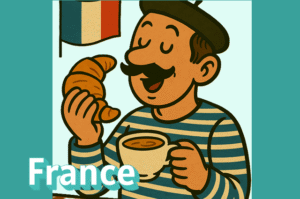
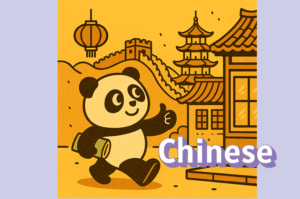
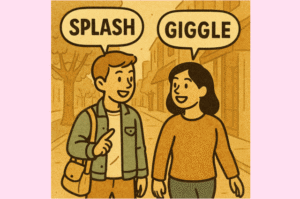

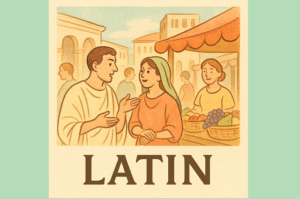


Comments